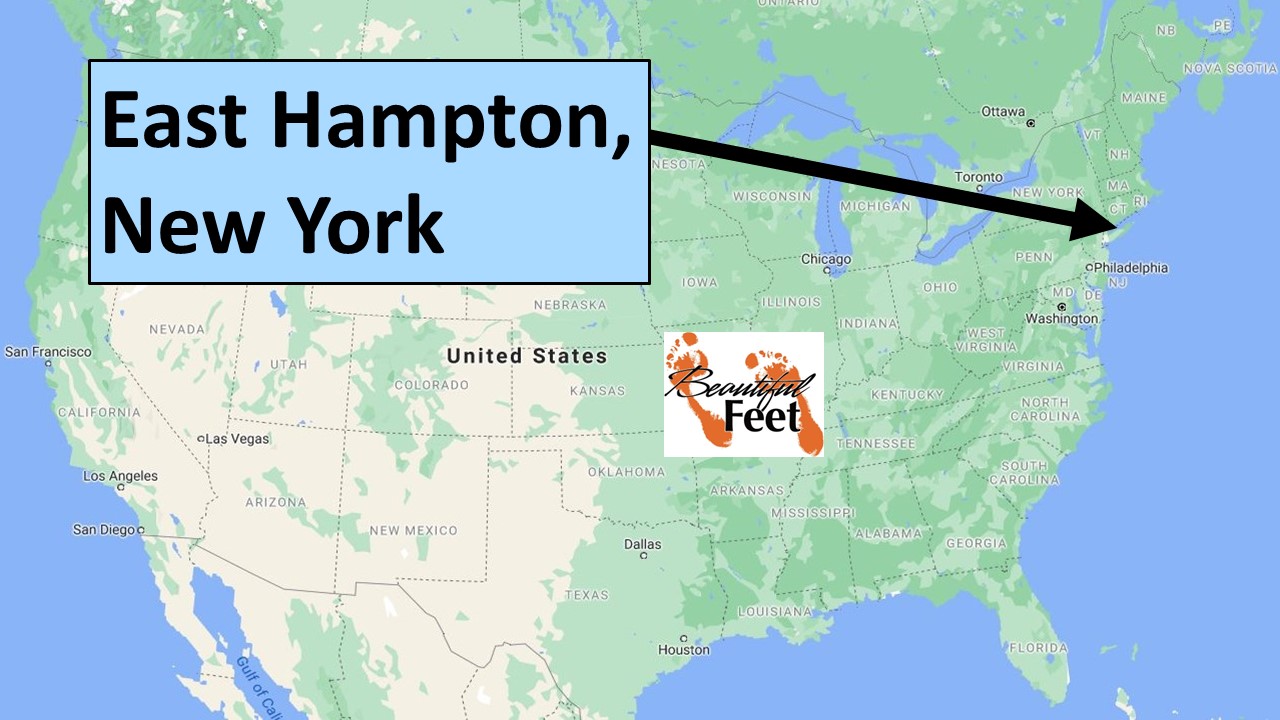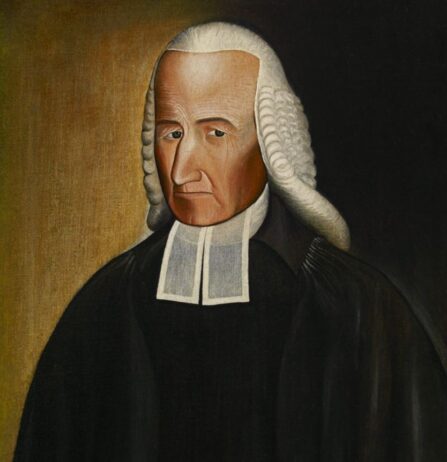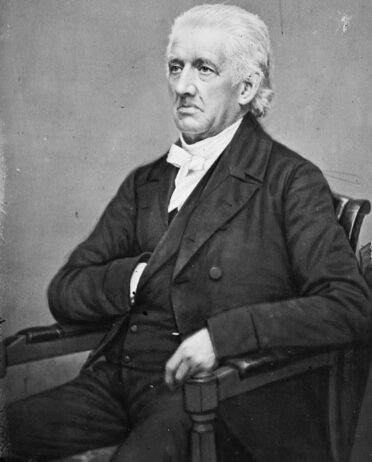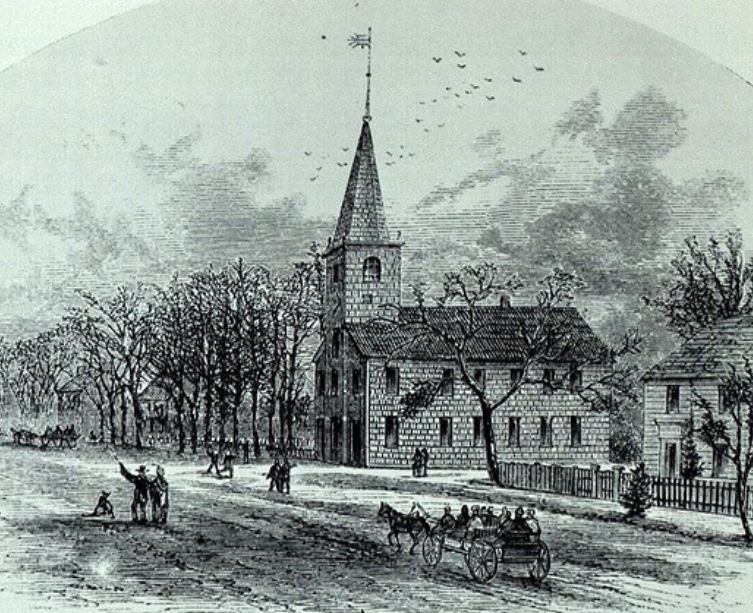


Rev. Samuel Buell
Introduction
In the years leading up to 1800, the town of East Hampton, New York, was slowly becoming cold and indifferent toward God. There were “lurking principles of infidelity” in the town, brought on by the “inundation of infidel books.” This caused many people to
► Openly reject and ridicule the Word of God.
ِ► Scoff at revivals.
► Label everything attached to the Church as superstitious, insanity, or the work of the devil.
Samuel Buell had pastored the East Hampton Presbyterian Church from 1746 till the day of his death, on July 19, 1798. His replacement at that church was the renowned pastor, Lyman Beecher, whose daughter was Harriet Beecher Stowe, the author of “Uncle Tom’s Cabin.”

Rev. Lyman Beecher
Extraordinary Prayer
It was in February of 1799 that a number of people were gripped to begin interceding for the community, and not long after, many became greatly concerned about the condition of their relationship with God.
Close to 50 people had confessed their desire to be saved, as they were under severe conviction of sin. The Presbyterians of that day didn’t believe in instantaneous conversion and the people had to wait for light to break through upon them before they would be able to say that they were “hopefully converted.” At this time 15 people were “hopefully made subjects of new life” (converted).
By the summer of 1799 the revival seemed to decline, yet the spirit of prayer continued, and by the fall the revival got its second wind. Instances of those coming under conviction of sin “became more and more frequent,” and continued until New Year’s Day, 1800.

New Year’s 1800
According to tradition, a church service was held on New Year’s Day, and it was on this evening that:
the power of the highest came down, and from this time for a number of weeks the work was powerful and glorious.
Though this outpouring of the Holy Spirit did not last as long nor engulf as many souls as previous revivals, it still had a profound effect upon those affected by it.
► About 80 were converted.
► At least 60 were added to the Presbyterian Church’s membership.
► There were many others that were convicted of their sins, but turned away, returning “again to their folly.”

First Presbyterian Church in East Hampton, New York
Enemies of Revival
As is common with all revivals, opponents ridiculed and labeled the revival as being a “religious delirium.”
Results of the Revival
► At the time the revival commenced, the congregation was divided. There was much hostility and bitterness among the people. Much of this divisiveness arose over the search for a new pastor. The revival brought this hostility to a rapid end.
► Reconciliation and brotherly love prevailed.
► Attendance at church services increased.
► “Various immoralities” that emerged from the dark prior to the revival slid back into the darkness after the revival started.
► The cultural transitions that had “threatened to sweep away our youth” began to turn.
Sources
► A Faithful Narrative of the Revival of Religion by Samuel Buell
Return to List of Revival Stories
Chet & Phyllis Swearingen:
Office: (260) 920-8248
romans1015@outlook.com
Beautiful Feet
P.O. Box 915
Auburn, IN 46706

